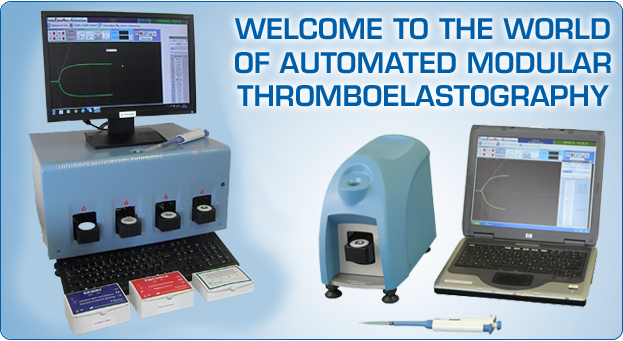The invention of Thromboelastography is due to Eng. Helmut Hartert in the 1948’s, whom conceived the principle of measuring the strength of a blood sample during its clotting process against the known resistance of a spring. The early instruments were transferring the data to thermosensitive paper in the form of graph, which originated its name, as an instrument that depicts graphically the elasticy of thrombus. When computers came to age, and the technology was rediscovered to help resolving coagulation problems during liver transplants, it was possible to measure the data and convert the digital curve into a number of different parameters, from the measuring=metering came the name Thromboelastometer. There is no graph unless there is first a “metering”, but the function is the same, irrespective of the instruments’ generic or specific name, which is that of measuring and reproducing in graphical and/or numeric format the phenomenon of clotting. What you are exploring in this website, is the new TEM-A, a Trombo-Elasto-Meter-Automated, which provides measures and graphs.

